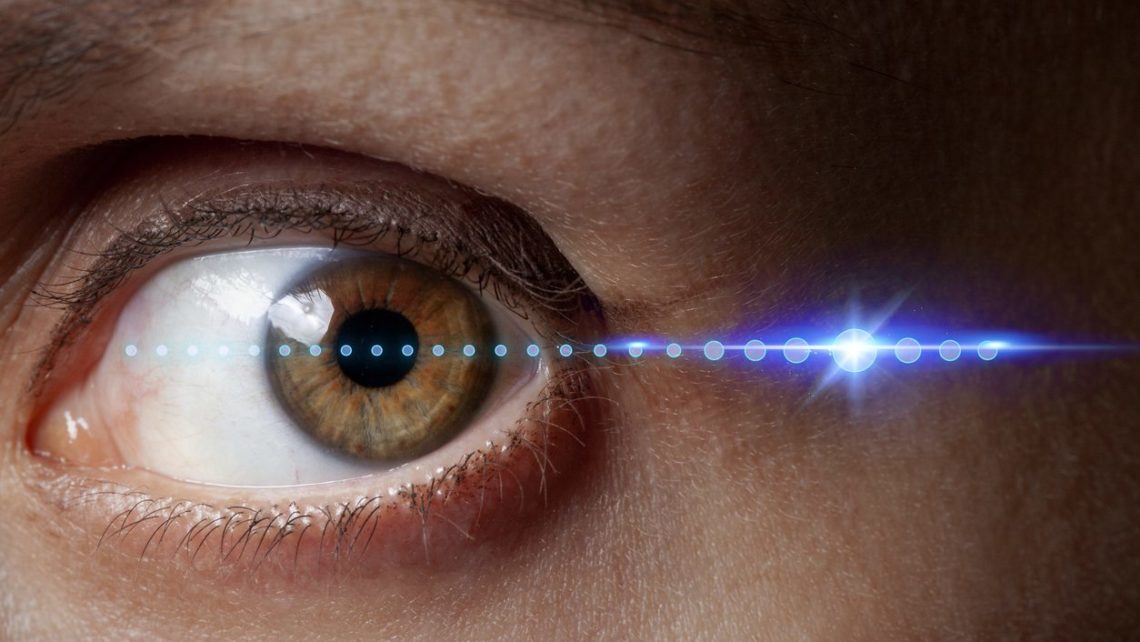EMDR
(Eye-Movement Desensitization and Reprocessing)
Learn About EMDR
While the event itself may be over, issues like anxiety, depression, or relationship discord can be a painful byproduct of unresolved emotional distress after a disturbing life experience. Psychological trauma can leave you feeling panicked, stressed, angry, overwhelmed and sometimes feeling hopeless. Regardless of where you've been and what you are struggling with now, there is hope.
What is EMDR?
For decades the assumption has been that mental healing is a slow and long process. EMDR research has shown that to be false. We have seen great success using this approach and most clients report alleviation of symptoms in as little as four weeks.
Eye-Movement Desensitization and Reprocessing (EMDR) is a powerful, evidence-based psychotherapy approach initially developed to treat troubling symptoms of trauma and post-traumatic stress disorder. It can also be used within a comprehensive treatment approach to accelerate the treatment of a wide range of clinical issues including:
- Anxiety, panic attacks, and phobias
- Somatic and conversion disorders
- Depression and bipolar disorders
- Grief and loss
- Performance anxiety
- Chronic Pain
- Developmental Trauma
- Sexual assault
- Sleep disturbance
- Violence and abuse
- Anger management

The model on which EMDR is based, Adaptive Information Processing (AIP), posits that much of psychopathology is due to the maladaptive coding and processing of traumatic or disturbing life events. Information is maladaptively encoded and linked dysfunctionally with emotional, cognitive, somatosensory, and temporal systems. Memories thereby become susceptible to dysfunctional recall with respect to time, place and context and may be experienced in a fragmented form. Accordingly, new information, positive experiences and effects are unable to functionally connect with the disturbing memory. This impairment in linkage and the resultant inadequate integration contribute to a continuation of symptoms.
Through EMDR, resolution of traumatic and disturbing adverse life experiences is accomplished with a unique standardized set of procedures and clinical protocols which incorporates dual-focus of attention and alternating bilateral visual stimulation. This process activates the components of the disturbing memory and facilitates the resumption of normal information processing and integration. This treatment approach results in the alleviation of presenting symptoms, a decrease or elimination of distress from the disturbing memory, improved view of the self, relief from bodily disturbance, and resolution of present and future anticipated triggers.
Get started with EMDR
© 2021 Mindscape Counseling. All rights Reserved